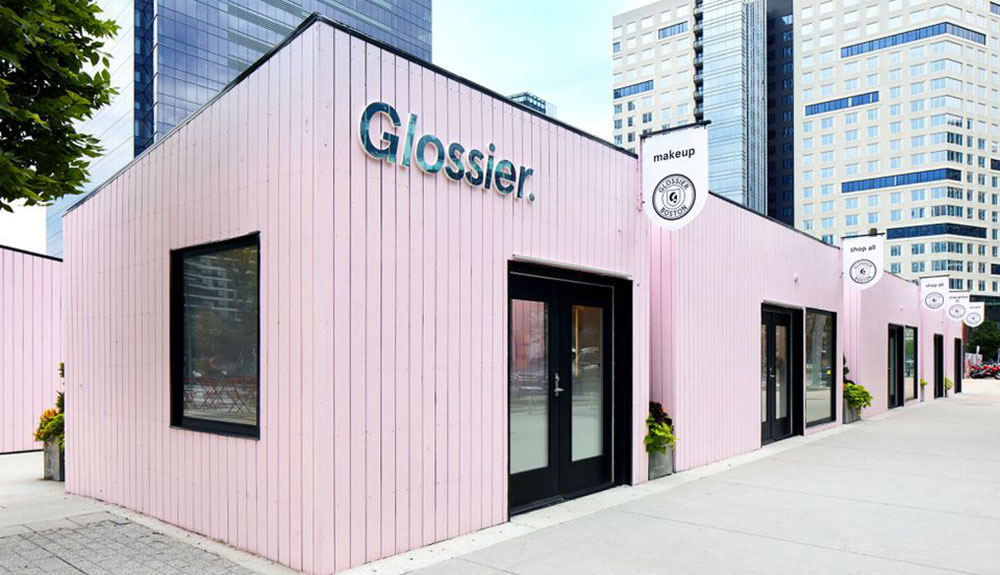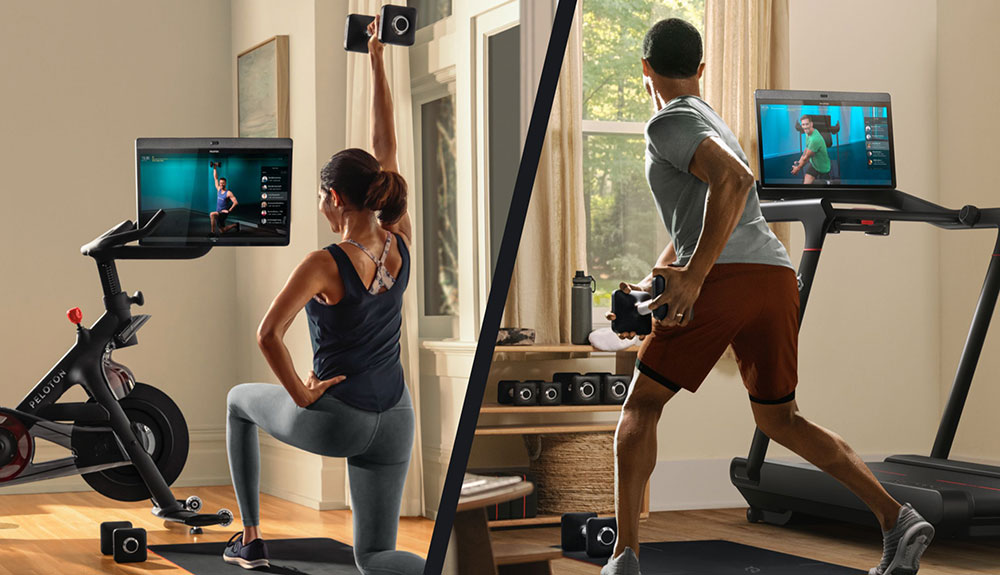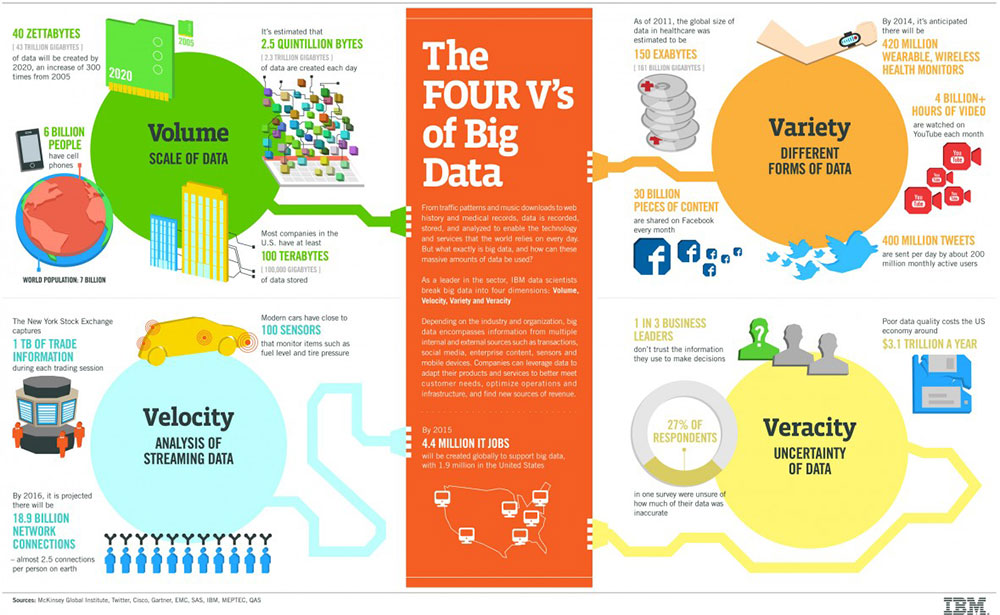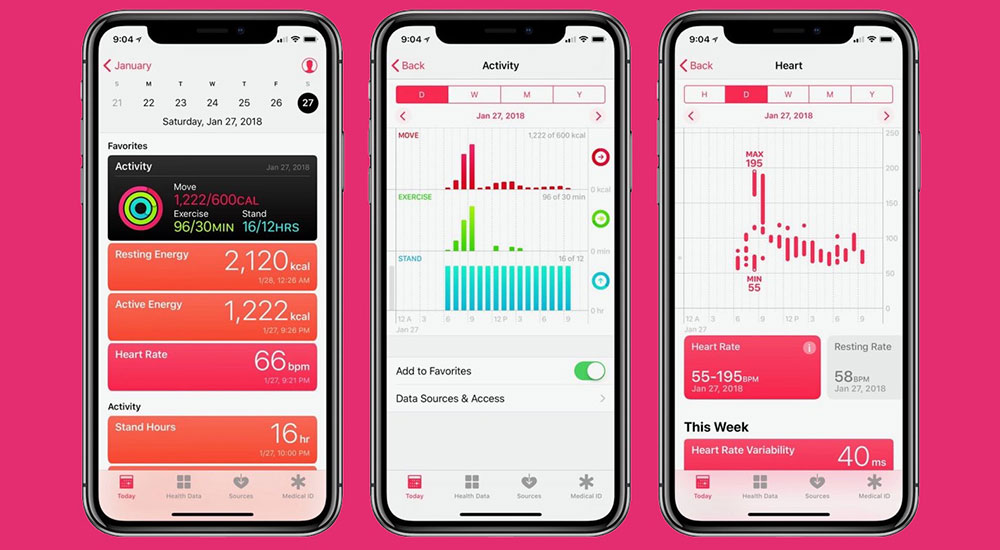The pandemic accelerated e-commerce and there is no turning back. Various sources suggest that in a few short months we have leapt as much as 10 years ahead in terms of growth! Not only are people shopping more online for products: they are utilizing services that previously were primarily available in-person, including health and wellness activities such as work-out classes and meditation. For brands that play in the wellness sector, customers are coming back to their physical locations with different expectations.
E-commerce is no longer just about a website that sells products. It’s about platforms that connect and communicate – including physical stores, services and infrastructure. Here’s how health and wellness brands can take the leap into the future.
The End of Brick-and-Mortar? Not Really!
Even though the pandemic accelerated online services and sales, many specialists overstate the demise of physical retailers – the so-called “retail apocalypse.” While this has been true for some big box stores, such as Sears and Toys “R” Us, and some over-stored brands such as Starbucks have had to scale back their number of locations, there are also many online-only brands (known as Digitally Native Vertical Brands) that are either investing in opening their own physical stores or partnering with traditional retailers. Target, for example, is now selling products from online direct-to-consumer brands. And brands such as Texas Tushies, Glossier and Casper are all at various stages of entering the world of bricks-and-mortar.

Source: Indigo9 Digital
Why Are Physical Stores Still So Important?
Ten years ago the cost of running a brand online only was cheaper than operating stores. Today, these factors have eaten away at that advantage:
- The increased cost of online advertising
- Warehousing and delivery costs
- Increased competition
- The high rate of returns for online purchases
Although starting a brand online can be an affordable way to enter the market, at a certain point scaling up requires getting products into stores. And for brands that offer personal care treatment, the physical experience is the hallmark of their offering.
However, customers who want wellness services such as spa and beauty treatments, exercise classes and consultative services will be coming back to the physical space with new expectations for a more digitally connected experience. A simple example is appointment setting and reminders through text or email. A more complex example would include recordings of sessions or additional curated content to support their treatment. If brands don’t offer this kind of interconnected experience, they are risking their customers seeking it elsewhere.
The Subscription Economy
Health and wellness brands have been selling consumers memberships for a long time now. During the pandemic, many shifted to online classes that provided at least some equivalent service, to keep some customers signed up. Peloton made an absolute killing during the pandemic, with a 61 percent increase in sales of equipment and a 92 percent increase in subscriptions – subscriptions accounting for 19 percent of total revenue. Though many customers are dying to get back into the gym, many have now become accustomed to participating in their own homes. Brands will need to develop models that include best-in-class online options to build their membership back up and keep them well into the future.

Source: Peloton
For wellness products, the subscription model will be taken to the next level by meeting the consumer’s need for personalization. 3D printing of vitamins based on a personal health profile and offerings that connect to wellness and health apps that suggest customized products based on activity and diet are two examples of what customers will find most engaging.
Data & Learning to Improve Products
The second wave of the digital commerce revolution consists of improving learning algorithms that understand consumers’ purchase behavior to predict their needs, searching for the best deals and giving tailored recommendations. Brands need to learn how to maximize their use of consumer data in an ethical and transparent way to be able to offer consumers a curated, personal offering.
For example, an app that helps consumers get better sleep collects data as users engage in various content and report back on the results. This information can be used to improve results for future users based on factors such as demographic information, health conditions, age, gender, diet, lifestyle etc. Clear goals for the use of consumer data must be well thought out to ensure you don’t end up with a pile of information that’s missing crucial data points.

Source: NDZ
Peer-to-Peer Evaluations
We live in a collaborative economy where consumers trust peer-to-peer evaluations to make their purchase decisions. It’s critically important that brands encourage customer reviews on their site as consumers are actively looking for this information and trust it above any other marketing material. Micro-influencers with comparatively small but passionate followers are also more likely to hold sway over younger generations than mega-stars. Gen Z have a higher expectation of two-way engagement with both online celebrities and brands, meaning that actively responding on social media is an important part of the e-commerce experience that brands must pay attention to.
Delivering Convenience
Shopping online has leveraged the convenience factor, which is of critical importance to consumers. Health and wellness brands can also lean into the need for convenience by continuing to provide online services that were offered during the pandemic.
Virtual care telemedicine services like Maple allow for diagnosis and prescription within a matter of minutes. The introduction of e-commerce to healthcare and wellness is a massive step forward in streamlining the industry and making care accessible for people of different means and in remote regions.
The Internet of Things
Smart devices have huge implications for health and wellness. The FitBit took the world by storm but since then a huge range of apps have taken tech-based health into a new era:
- Mental wellness apps like Headspace provide meditation
- Cognitive behaviour therapy apps like What’s Up and Moodkit
- Sleep care programs like Aura
- Fitplan and Aaptiv offer personal trainers and thousands of fitness classes with celebrity fitness coaches
- Diet (Noom, Weight Watchers)
- Fertility (Clue, Ovia, Glow)
- Hydration (Hydro Coach, Aqualert)
- Vitamin D tracking (d minder)
- Step counting (Leap, Pacer, often integrated into your device)
- Jet lag (Timeshifter)
If it’s a part of health and wellness, there’s an app for that. And many of these apps offer surprisingly comprehensive care. Brands that have both a physical service and a well-developed app are going to be tough to beat.

Source: Wareable
Smart home and personal devices that can connect, such as smart speakers, smart exercise equipment, smart cars and smart fridges, have the potential to revolutionize health and wellness. Not only do they enhance in-person services, but they also build loyalty and increase engagement. Consider how many times a day a user accesses a weight loss app! The best news of all is that such technologies can make care accessible to far more people by lowering costs and meeting people where they are, leveraging technology they carry around in their pocket.
Smart home and personal devices that can connect, such as smart speakers, smart exercise equipment, smart cars and smart fridges, have the potential to revolutionize health and wellness. Not only do they enhance in-person services, but they also build loyalty and increase engagement. Consider how many times a day a user accesses a weight loss app! The best news of all is that such technologies can make care accessible to far more people by lowering costs and meeting people where they are, leveraging technology they carry around in their pocket.
Packaging & Delivery – Back to Sustainability
During the pandemic, the environmental cost of packaging and shipping has largely been overlooked by consumers. Expect this issue to reappear on the horizon as climate change takes back its spot as consumers’ top concern.
An eco-conscious subscription service called Loop has recently partnered with brands like PepsiCo and Unilever to utilize reusable packaging and reduce their environmental footprint. Circular systems, reduced packaging, tighter logistics that reduce shipping impact and a less wasteful approach to returns are all going to be important as brands continue to fill more orders for online purchases.
Summary
Brands now have an omni-channel presence, and the boundaries of online and offline are blurred. Irrespective of how customers interact with a brand, they expect to have a consistent experience across all touchpoints and channels. Every opportunity to reduce friction on the customer journey and to make online shopping more convenient should be leveraged. And the way brands make the connection from the physical to digital experience will be the key to unlocking long-term success.

